Formula E: Format, Rules and Regulations Explained
Formula E: The Formula E World Championship will make its debut in India this week, with the inaugural e-Prix taking place in Hyderabad. The motor racing event will take place at the racetrack near Hussain Sagar on Febuary 11. Here's all you need to know about the sport.
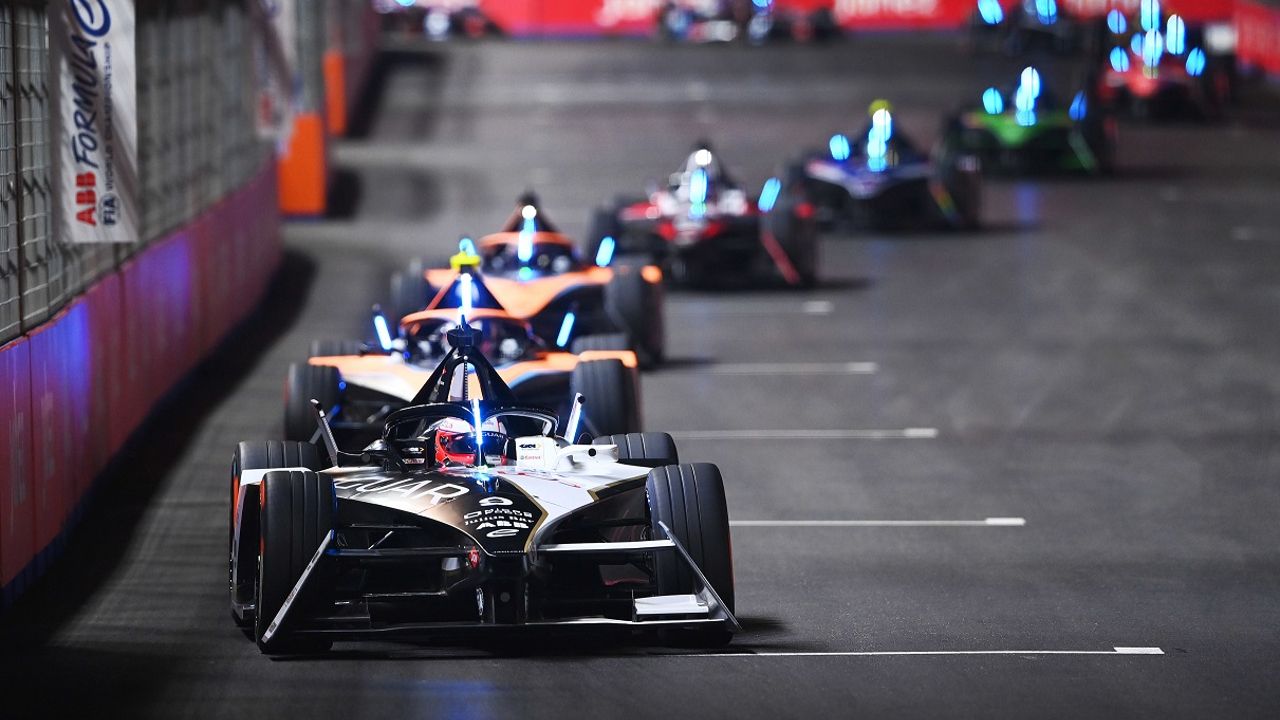
Formula E: The electric mobility revolution is undoubtedly sweeping the globe, and India is no exception. With Indian manufacturers like Tata Motors and Mahindra introducing EV line-ups and the government taking active measures to push electric infrastructure all over the country, the moment is opportune for the world's premier all-electric racing championship to arrive in India. There is a lot of excitement surrounding the Formula E racing series as Hyderabad prepares to host India's first-ever Formula E race on February 11. Interestingly, both Mahinda and Tata Motors are also taking part in the much-awaited tournament. The motor racing event will take place at the racetrack near Hussainsagar in Hyderabad. Meanwhile, preparations for the race are underway, and a shipment of electric cars has arrived in the city via Hyderabad Airport. The following is a quick lowdown on the format, rules, and regulations of the race for anyone interested in learning more about Formula E.
Formula E- An Introduction
Formula E is a fiercely competitive all-electric racing series, which debuted in Beijing in 2014. The FIA granted it World Championship status in 2019 to become the ABB FIA Formula E World Championship. It is also the first global sport to have been certified as having a net zero carbon footprint since its inception. On March 3, 2011, Alejandro Agag, the founder of Formula E, and FIA president Jean Todt had a casual conversation about the all-electric international single-seater championship concept at a restaurant. It became a reality in less than a year. And when an all-electric car (Gen1) was unveiled in 2014-15. Lucas Di Grass made history by winning the first race in Beijing during the inaugural season, which was held in 14 countries.
The racing series not only provides great entertainment but also encourages the use of sustainable mobility to combat air pollution and lessen the effects of climate change. Additionally, it offers a chance to create smart road technologies and enhance the efficiency of electric vehicles. Every season, Formula E closely monitors its effects on the environment, society, and economy and looks for ways to reduce emissions in the upcoming ones.
Also Read: Mahindra Racing Reveals M9electro Formula E Car with New Livery at Valencia Pre-season Testing
The Cars
The cars are what distinguish Formula E from other Motorsport tournaments. Gen1 and Gen2 cars were used for racing in the past, but technological advancements have made Gen3 cars possible. In comparison to Gen1 and Gen2 cars, the new sustainable vehicles are smaller, shorter, and narrower in size. The Gen1 cars could accelerate from 0 to 100km/h in 3 seconds and produce 201bhp of maximum power.
During the fifth season, 2018-2019, Gen2 cars were introduced, equipped with 250kW batteries and with a top speed of 280km/h. These cars could accelerate from 0 to 100km/h in 2.8 seconds.
Performance-wise, the new Gen3 race cars represent a significant improvement. These fast cars, which have a top speed of 322km/h will astound the world when they make their way to the upcoming racing event. Since almost 40 per cent of the energy used by the car during a race is produced by a regenerative braking system, the Gen3 cars are also the most efficient formula cars. Powered by 350kWh batteries, these cars make much less noise than gasoline-powered vehicles.
The car's tyres, which provide adequate traction and stability in all weather conditions, are made of natural and environmentally-friendly materials, like recycled fibres and natural rubber. To ensure maximum sustainability, the car tyres are recycled after the race is over. The body and batteries of the cars are both made of natural materials, and all of these materials can be recycled to some extent.
The Track
Since the temporary tracks used by Formula E are constructed on the main streets of the cities, it doesn't require any special tracks. The 'Hyderabad Street Circuit' track is built on the banks of Hussain Sagar. Driven International has designed the 2.83-kilometre track, with 17 turns.
Deciding the Winner
Drivers compete against one another over a predetermined number of laps in Formula 1. The Formula E race, however, is quite distinctive because it lasts for 45 minutes plus one lap. The drivers must first compete for 45 minutes, after which they are expected to complete one more lap. The winner of the race is the driver who crosses the finish line after this. The race, also known as the e-Prix, involves more than just how quickly the cars can travel through the course; it also involves managing power. To make the best use of the power, teams must develop superior strategies. To give their drivers a chance to finish the race, teams must concentrate on crucial elements like battery life and energy consumption.
Also Read: Jehan Daruvala joins Mahindra Racing Formula E Team
Deciding the Champion
Based on the points that each driver scores in each round throughout the season, the overall champion is declared. According to the standard FIA scoring system, points are awarded to the top 10 finishers in each round. The driver in position 10 receives one point, while the race winner gets 25 points. Other finishers receive the following points: 2nd – 18pts, 3rd – 15pts, 4th – 12pts, 5th – 10pts, 6th – 8pts, 7th – 6pts, 8th – 4pts, 9th – 2pts, 10th – 1pt.

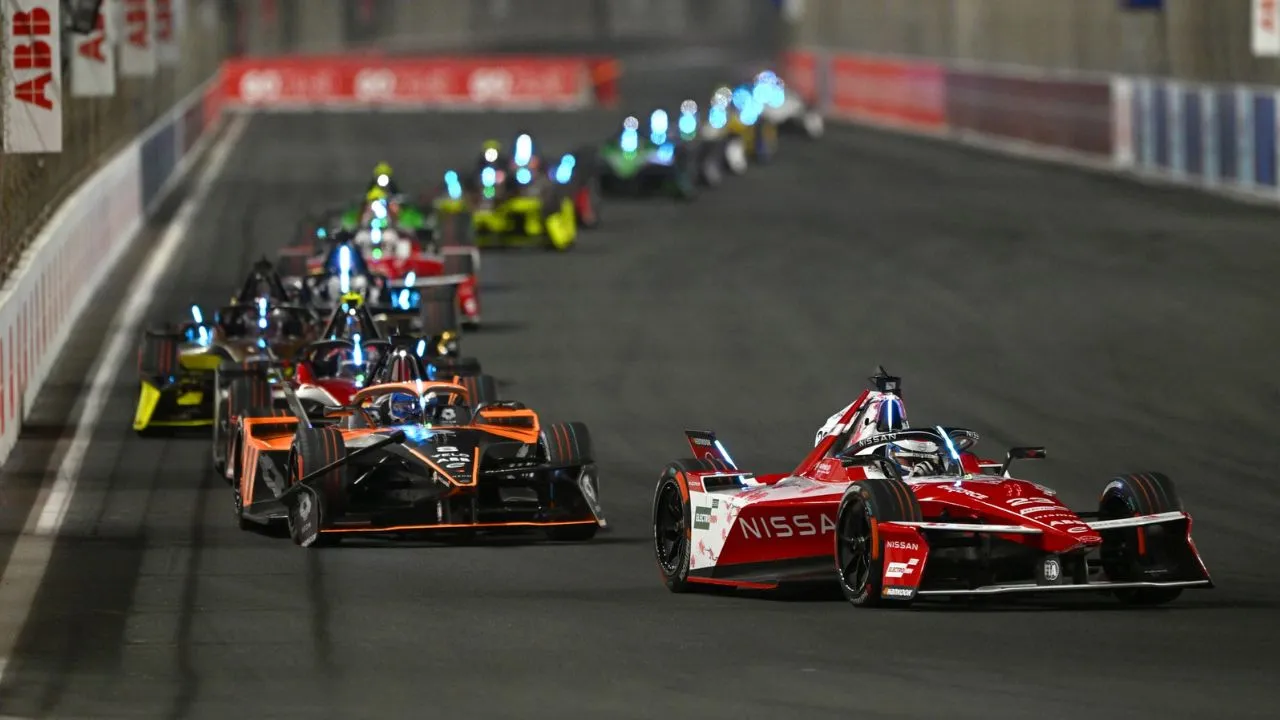

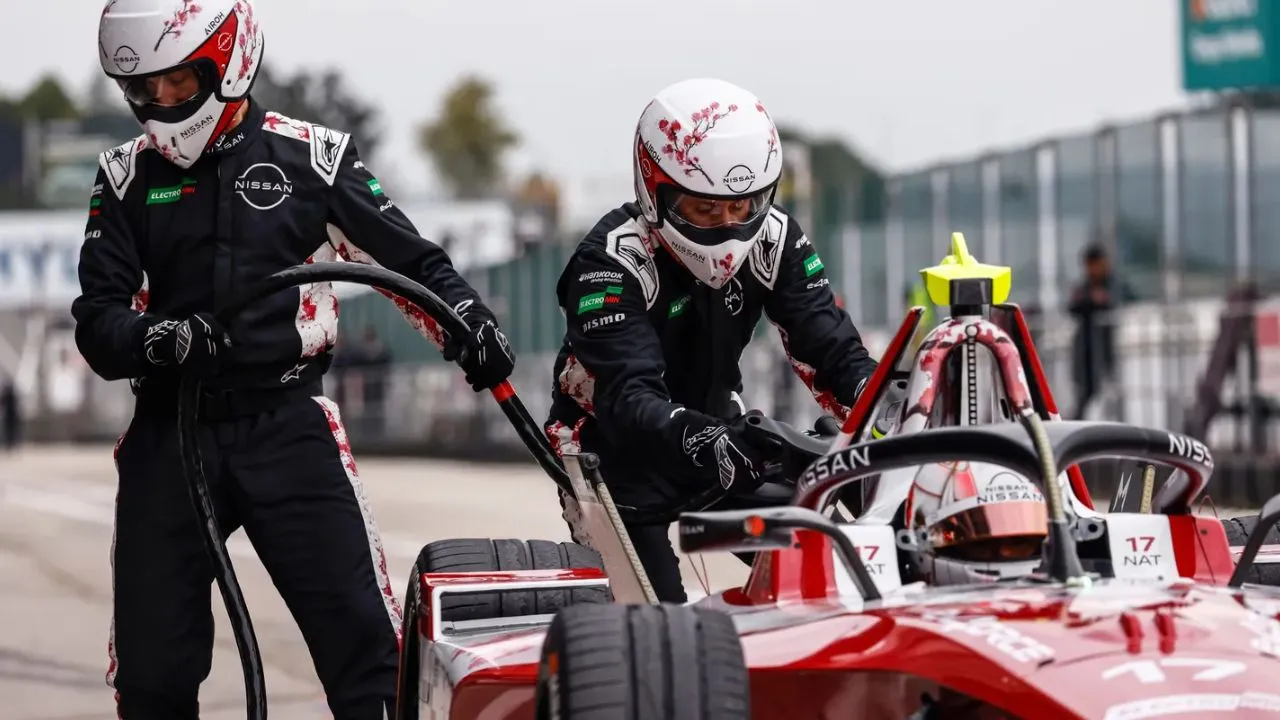
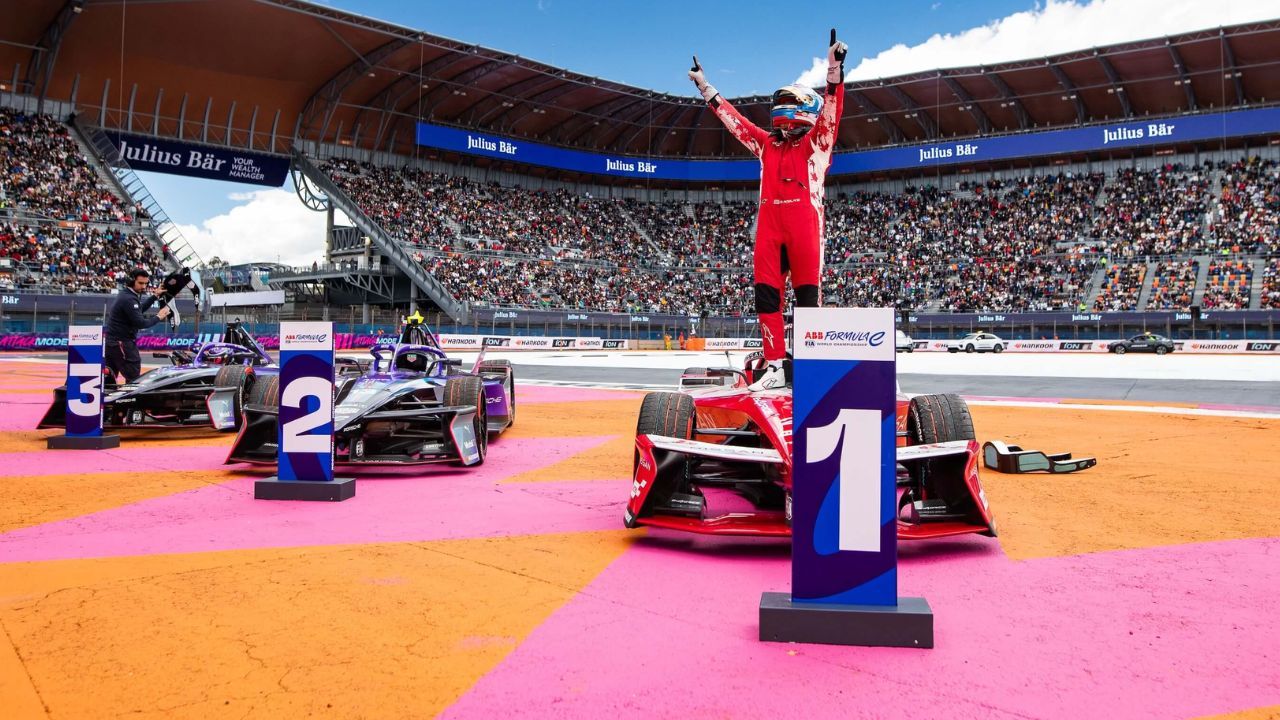
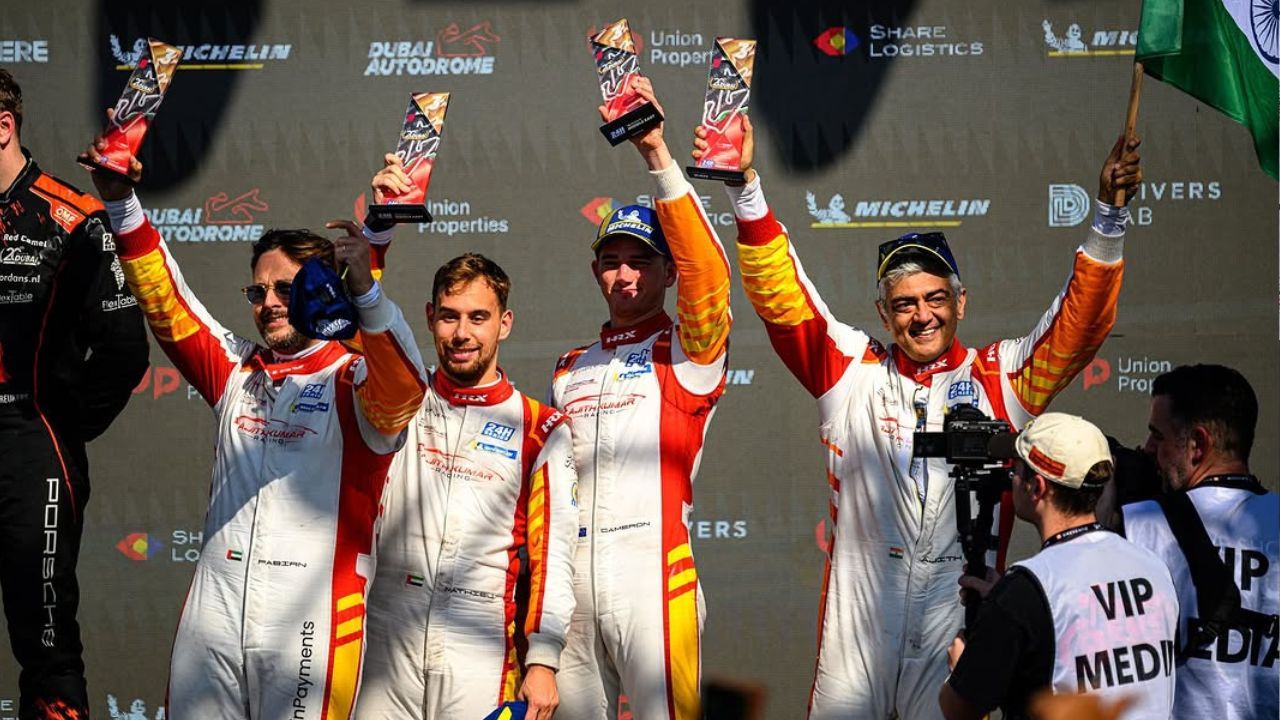






.webp)
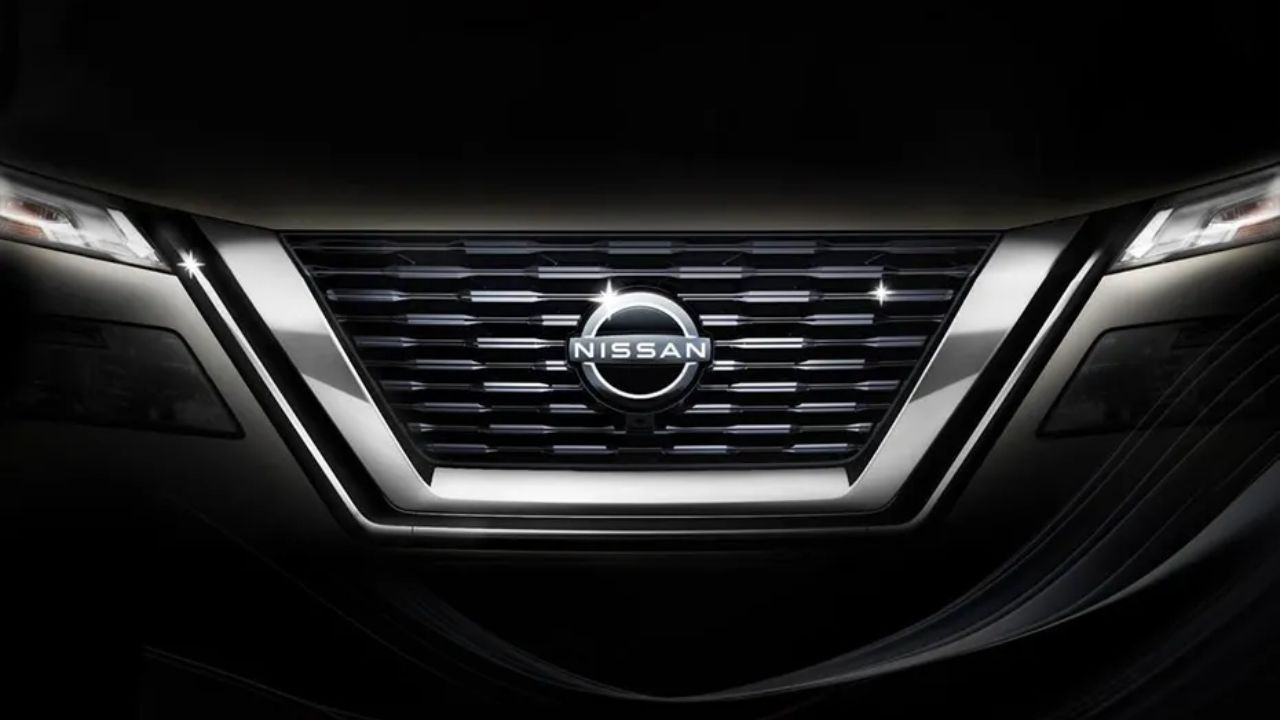
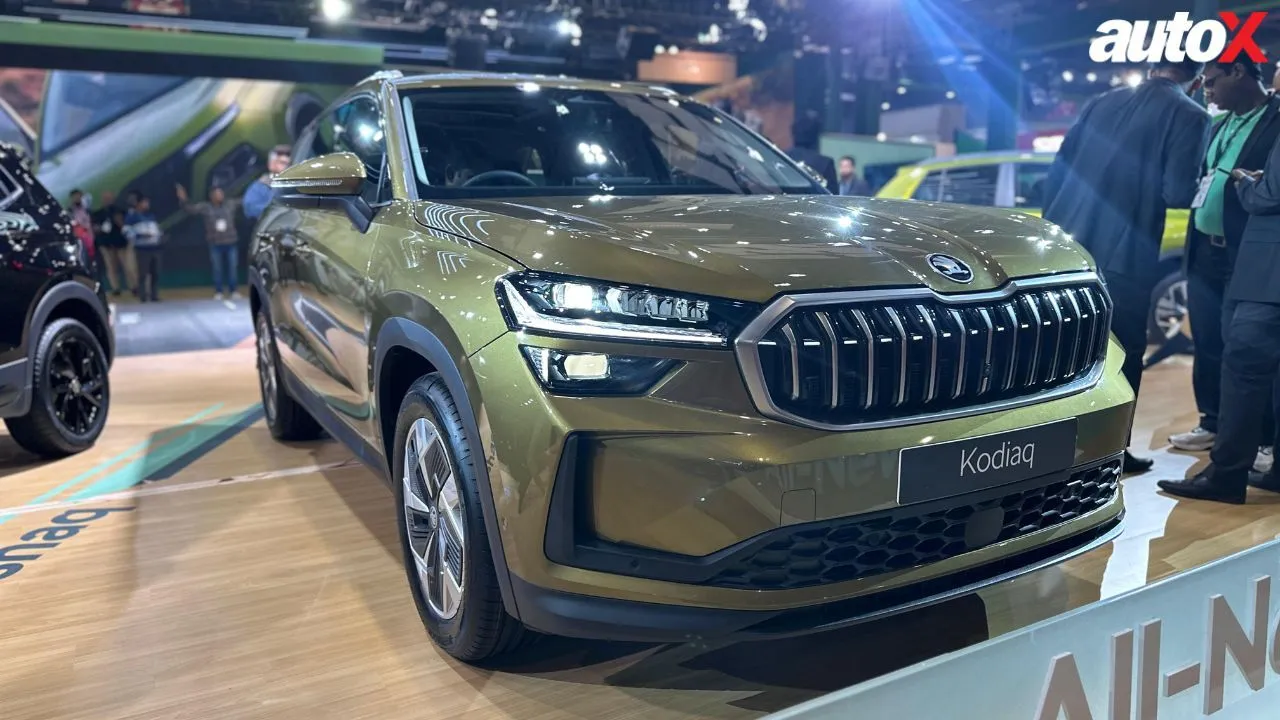






Write your Comment on